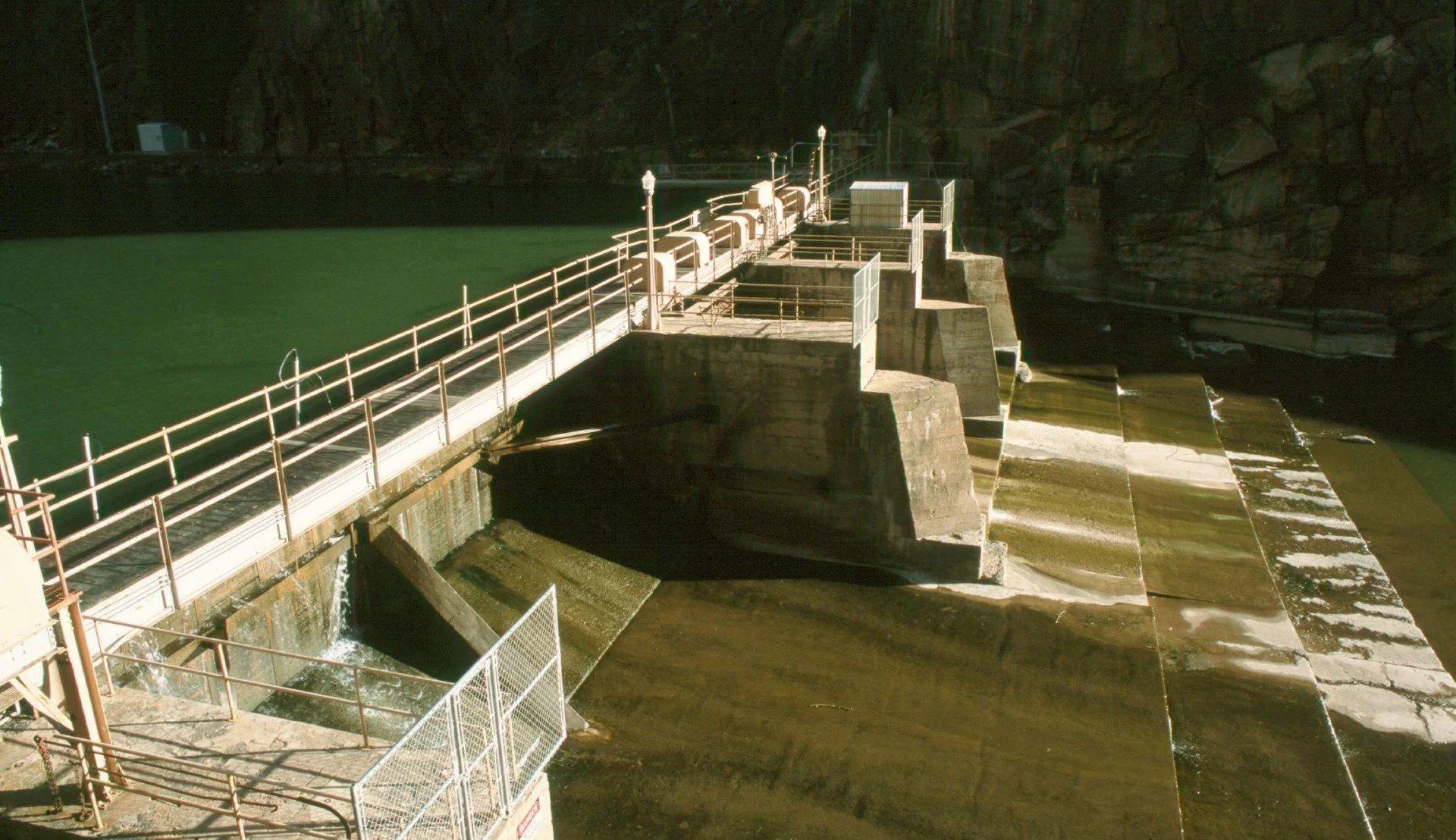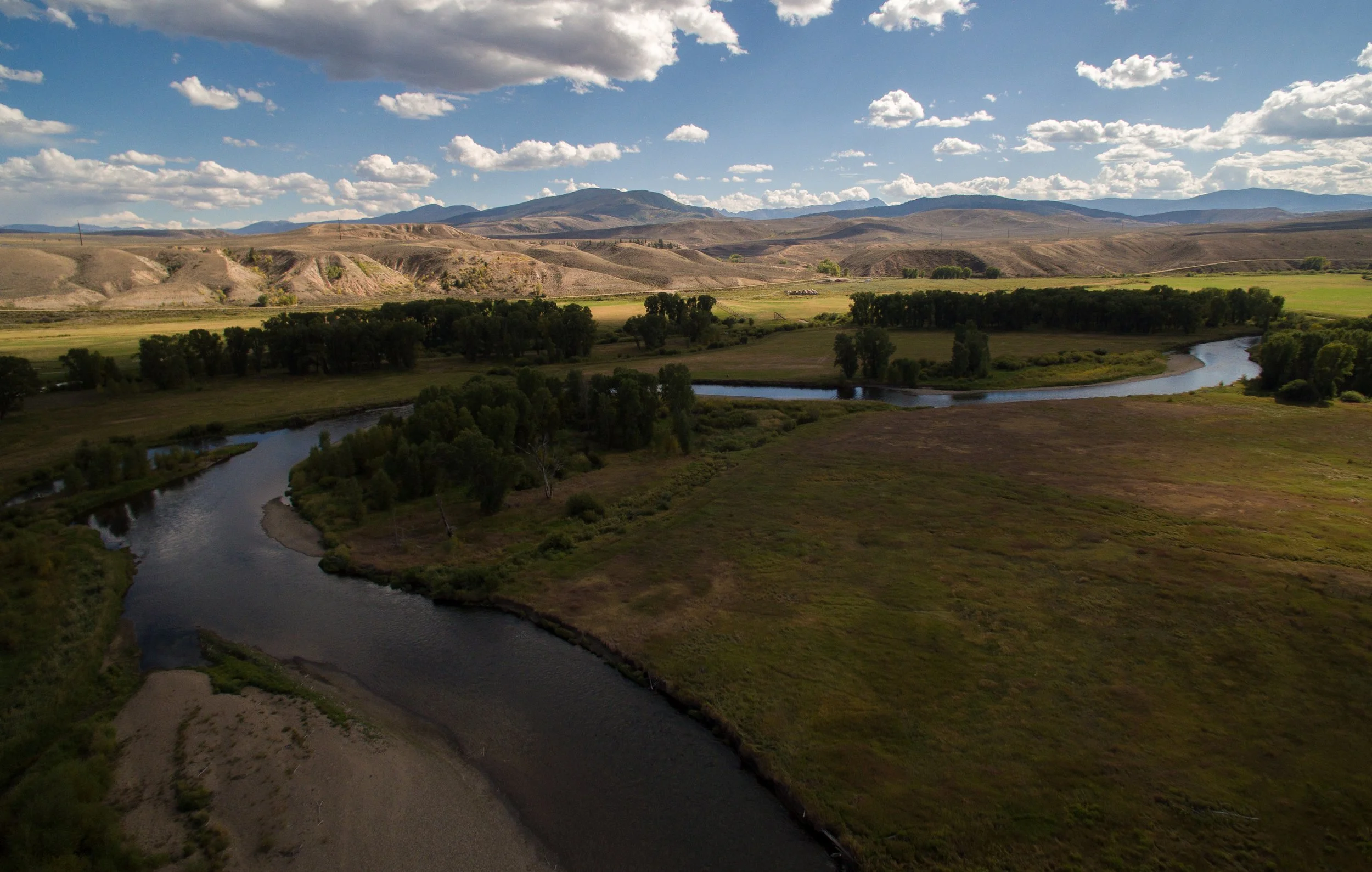Water temperatures are important to monitor when fishing in the summer. Trout are a coldwater species and therefore respond negatively to warming waters. Need more information about fishing, stream flows. rigging, and locations? Check out our "Go Fish" page.
This winter was certainly a tough one for Colorado. Whether you fish small creeks in the high country, irrigate your crops on the Western Slope, or water your lawn in central Denver, we will all be feeling the impacts of the low-water year. According to the latest SNOWTEL analysis offered by the NRCS National Water and Climate Center the percentage of snow-water equivalent (SWE) in Colorado currently ranges from 5% to 44% of normal. While it is true that hydrologic conditions can differ from drainage to drainage – with some areas seeing minimal impact from the low snow totals – overall,
Colorado will see less water in the creeks and rivers this year. Anglers, irrigators, ranchers, municipalities, and recreationalists will all feel the pain this summer, but we are not the only ones. Low flows and hotter days can have serious impacts on fish. With less water and warmer temperatures, the dissolved oxygen content within a stream reach can fluctuate significantly – meaning less holding capacity for fish and bugs. These tough conditions can also affect spawning, migration, and recovery (for example, after being released off the hook).
As anglers, we wait all winter to chase trout during the warmer seasons, but how can we pursue that goal and not over-stress our fisheries? We reached out to our fly shop partners around Colorado and posed that very question:
The Tips





The fish and wildlife will continue to adapt to these changing conditions, but we can certainly do our part to help them adjust. Take this year as an opportunity to explore new watersheds, improve your handling practices, and better understand your local streams. If you have questions about when and where to fish, you can always ask your local fly shop.
CONTINUE THE CONVERSATION
CPW offers fishing in reservoirs to avoid the warming streams
San Luis Valley Chapter asks for voluntary fishing restrictions
About the Author
Dan Omasta is the Grassroots Coordinator for Colorado Trout Unlimited, overseeing 24 chapters across the state.










